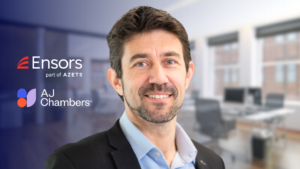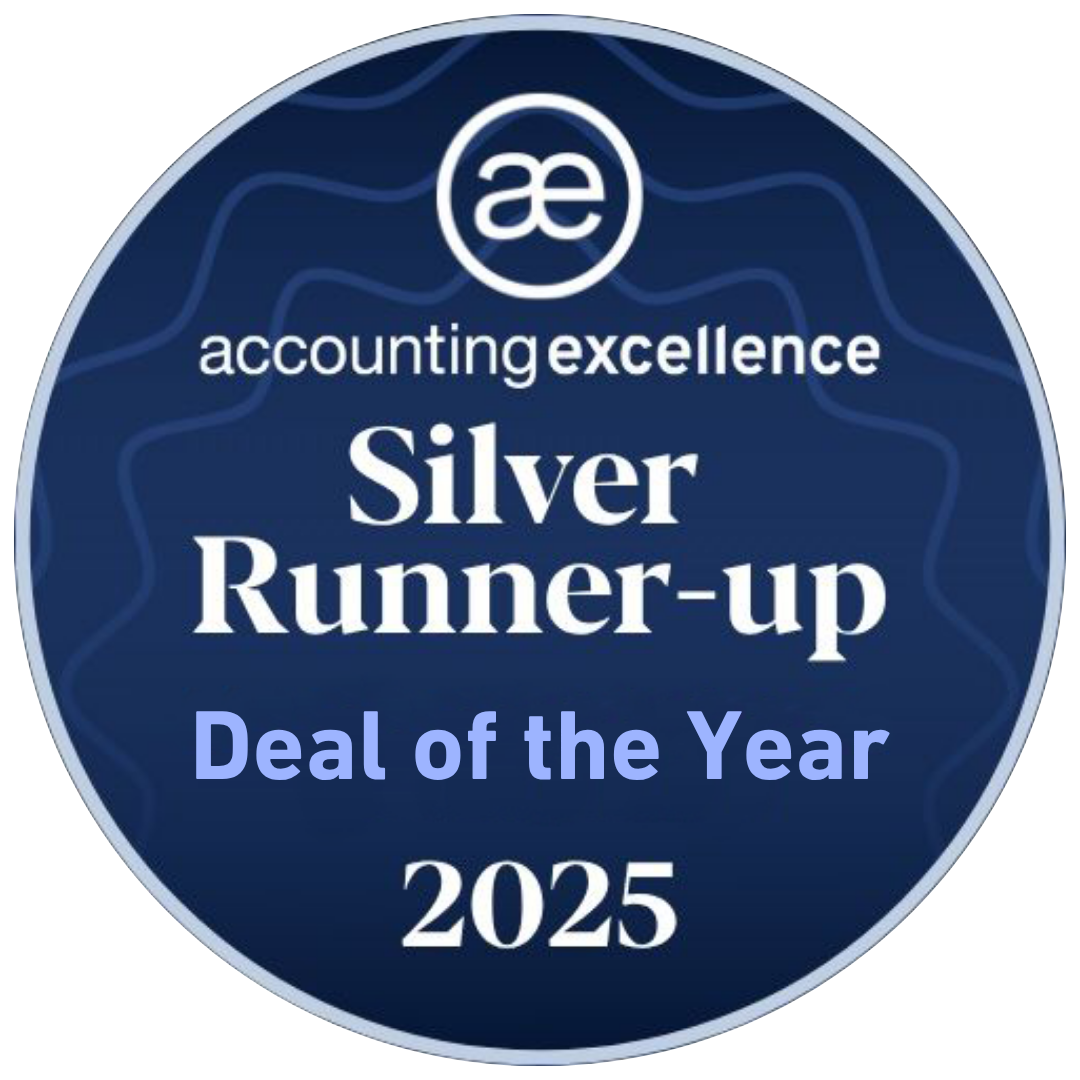The need to plug skills gaps and talent shortages is driving deal activity in the Accounting industry.
A critical skills talent shortage in M&A continues to plague accounting and professional services in 2022. New research indicates a gap of 22% to be precise.
Meanwhile, the UK accountancy M&A market has gathered significant pace. With consolidation soaring in recent month. A trend that some believe is driven by ongoing skills shortages in the sector.
Alongside more conventional ambitions such as regional and commercial growth. A key motive for acquirers is the absorption of new talent, according to James Gosling, Head of M&A at AJ Chambers.
“The fight for talent is very tough at the moment. So, more often than ever, we’re seeing acquirers that will be looking to acquire the smaller firm’s talent.”
Whether this is to plug gaps in their own skillsets or to aid succession planning, the M&A route offers a talent solution. That would otherwise be difficult to attain in the current market, particularly when it comes to expanding into new service areas, Gosling adds.
“If they’re looking to move into a new area, often the preferred route is to buy an existing firm in that area. Rather trying to organically grow, which can be tough and can take many years.”
UK accounting practice MHA Macintyre Hudson is living proof of Gosling’s view. With the mid-market firm having expanded into a new service line by acquiring a majority stake in Cave & Sons. According to MHA managing partner and group chairman Rakesh Shaunak, talent acquisition was a key rationale for the recent takeover.
“How does one go into a specialist service line? Starting it yourself is high risk because you need to create a business plan and get it right. Secondly you can’t guarantee that the talent will be there to get it off the ground.
“So, in acquiring a business, you’re acquiring a talent pool and giving yourself that assurance.”
Shaunak also argues that consolidation can contribute to a firm’s talent strategy on a broader level. Growth and expansion will aid the acquisition and retention of talent in the general sense, he says.
“Having that critical mass makes you a more attractive employer. You’re able to bring in ambitious people who want to progress within the profession.
“It’s about giving our team the opportunity to grow within the firm, because if the firm is growing, ambitious and talented people don’t need to look elsewhere.”
When it comes to inorganic growth, international outfit Azets is perhaps the best example. With the aid of capital injections by private equity firm HG Capital, the SME advisory specialists have completed the acquisitions of four smaller practices in the space of just six months.
The acquisitions of Tait Walker and Garbutt + Elliot across the North East and North West of England were particularly significant for Azets. In a made at the time, the firm’s regional CEO for the North of England remarked that the deals would serve to bolster its “strong regional presence”.
Poole-based Inspire Accountants and Danish firm DanAccount were also among those acquired by Azets.
Commenting on the recent deals, Azets’ head of M&A Jeremy Fearnley notes the link between talent shortages and consolidation. However, investment in new technological capabilities can help both firms and their clients compensate for skills gaps, he argues.
“A major thing from both a client and accounting practice perspective is the shortage of talent. Which is really driving people to look at more efficient ways of doing things and automating more.
“So there’s obviously a lot of work we’re doing with clients to help them through that process. And I think in future we will become more of a technology plus accounting business, because I think you have to now.”

IT INTEGRATION IS KEY
But for Fearnley, the influence of technology in the M&A process works both ways. While a benefit that can be derived from the process, it can also act as a key enabler of it, he says.
More specifically, he goes on to argue that thorough IT integration plays a major role in smoothing out the incorporation of a new firm into the network. Citing what he calls “the Azets way” – harmonising processes using technology. “We’ve been through a massive technological change programme over the last three years. Which has been about bringing together all this scale that we’ve developed, but then really harmonising the processes.
“So there is an Azets way, if you like, and it’s based on core technology. It’s a platform that, when we go and buy another business, they can come onto that platform. And when we’re training people, they could be working in any office and it’s always the same. ”Fearnley notes that this is an often-overlooked aspect of the M&A process. Research carried out by Deloitte finds that just 56% of decision-makers took IT issues into consideration during the due diligence phase.
In addition to enabling a seamless consolidation process, thorough IT integration also allows the firm to operate more efficiently and comprehensively for its clients in terms of offering a suite of services, Fearnley adds. A key example of this is using tools such as real-time data to move to a model of more consistent interaction with the client, rather than a more traditional once-a-year model, he says
“We’re effectively becoming their finance function as well as their adviser. Which allows us to offer more timely advice on how their cash is looking.”
BOLSTERING SERVICE OFFERINGS
MHA’s Shaunak echoes Fearnley’s view, arguing that the quality of capabilities and service offerings must be the primary consideration when it comes to consolidation.
He characterises MHA’s overall strategy as becoming a “full service” firm, but notes that the definition of this consistently shifts with the times. This was the key driver behind the firm’s recent acquisition of Cave & Sons, he says.
“Cave & Sons is a wealth management company, and we felt that the needs of our clients were indicating that we needed to bring something like that in-house.
“As things have diversified and as our client base has progressed, we find that having that niche capability is very important.”

PRIVATE EQUITY FUELLING M&A ACTIVITY
Looking ahead, Shaunak says that MHA is still “in that mindset and mode of consolidation”. And expects that the firm will continue to find strategic partners in multiple locations, providing it matches certain key criteria.
In similar fashion, Fearnley simply characterises Azets’ future as “more and better advisory”. Unambiguously hinting at a continuation of the firm’s recent flurry of M&A activity.
He also cites the firm’s laser-focus on technological change once more. Saying that he wouldn’t rule out a move into technology advisory and implementation alongside its core financial offering.
Both predict that the recent rise of M&A activity in the market is yet to reach its peak.
This largely squares with the view of AJ Chambers’ Gosling. He believes it’s “safe to say” that the pace of M&A in the sector will continue for another 18 months. He also says it’s likely that more private equity capital will enter the market during that time. At the top level, a degree of cross-consolidation between the legal and accountancy markets may also occur.
Gosling adds that levels will naturally return to normal after this period. But also notes the often-cyclical nature of the market. Theorising that individual may exit newly-acquired firms with a view to establishing their own practices. When the time comes, this has the potential to trigger a fresh wave of consolidation activity, he says.
“I think we’ll reach a natural point where there won’t be too many more opportunities that make sense. But of course, you may get certain individuals who decide to leave a firm after it’s purchased by someone else, and they may set up their own practices.
“So, it’ll be interesting to see how they evolve, because it’ll eventually get to the stage again where they’re becoming established, and larger firms will want to have a piece of the action.”










 AJ Chambers Recruitment Ltd,
AJ Chambers Recruitment Ltd,